
What are Eosinophils?
Eosinophils are white blood cells that play an essential role in the body's immune system. They are part of a group of white blood cells known as granulocytes, including basophils and neutrophils.
Eosinophils fight off certain types of infections, such as parasitic and fungal infections. They are also involved in allergic reactions and asthma. Eosinophils contain granules that contain enzymes. It also contains proteins that help break down and destroy foreign substances in the body.
Eosinophils are produced in the bone marrow and found in the blood and other tissues. They are usually a small proportion of the total white blood cell count and makeup about 1-3% of the total white blood cell count.
In some cases, the number of Eosinophils in the blood can be too high, indicating an allergic reaction or infection. In other cases, the number of Eosinophils can be too low, which can indicate an autoimmune disorder or other medical condition.
Eosinophils are essential to the body's immune system and help fight off certain types of infections and diseases. It is crucial to monitor the levels of Eosinophils in the body to make sure they remain within a healthy range.
What level of Eosinophils Indicates Cancer?
High Eosinophil levels are generally associated with allergic reactions and parasitic infections. High Eosinophils counts are sometimes linked to Cancer. However, the exact level of eosinophils that indicates Cancer is not well established.
Most laboratory tests measure eosinophil counts as a percentage of the total white blood cell count. Eosinophil counts greater than 5 percent of the white blood cell count are generally considered high. This cutoff may vary slightly depending on the laboratory.
In some cases, high eosinophil levels can be caused by Cancer. This is especially true for certain types of leukemia and lymphoma, cancerous diseases of the blood and lymph nodes. Some types of solid tumors can also cause high eosinophil levels. These tumors may include certain types of lung cancer and gastrointestinal tumors. However, it is essential to note that high Eosinophil levels can also occur in non-cancerous conditions.
Types of Eosinophils:-
Eosinophils are white blood cells. They are a crucial immune system component and help protect the body from disease and infection. They play a role in allergies, asthma, and other conditions. Eosinophils come in two main types: circulating eosinophils and tissue eosinophils.
Circulating eosinophils are found in the bloodstream. They are responsible for fighting off foreign invaders, such as bacteria and viruses. They do this by releasing chemicals that damage or destroy harmful cells. Due to the fact that allergens have the ability to activate them, they also play a part in allergies and asthma. They expel chemicals that tighten airways and cause inflammation.
Tissue eosinophils are found in tissues throughout the body, including the skin, lungs, digestive tract, and other organs. They help to fight off parasites, such as those that cause malaria and other diseases. They also play a role in allergies and asthma. They can be activated by allergens and release chemicals that cause inflammation and airway constriction.
What are the symptoms of Cancer?
If you have ever wondered, "What are the symptoms of Cancer?" here is the answer. Cancer is a complex disease with many potential signs and symptoms. Depending on the type, location, and stage of the Cancer, the symptoms can change.
Common signs and symptoms of Cancer include:
- Unexplained weight loss
- Fatigue
- Fever
- Pain
- Skin changes such as unusual lumps or sores
- Changes in bowel or bladder habits
- Persistent cough or difficulty breathing
- Persistent indigestion or difficulty swallowing
- Unexplained bleeding
- Unusual lumps or swelling
- Changes in a mole
It is essential to speak with a doctor if these symptoms are experienced for an extended period. Early diagnosis and treatment can increase the chances of a positive outcome.
What causes Cancer?
Cancer is an umbrella term for a group of diseases characterized by abnormal cell growth. Cancer cells can spread to other body parts, leading to tumors and complications. The exact causes of Cancer are unknown, but a variety of factors can increase the risk of developing it. These include environmental factors such as smoking, exposure to certain chemicals, and diet. Genetic factors may also increase the risk of some types of Cancer.
Smoking, radiation exposure, and exposure to certain chemicals are environmental factors that can raise the risk of Cancer. Tobacco use is one of the most significant risk factors for Cancer, as it increases the risk of lung and other types of Cancer. Exposure to radiation, such as from medical imaging or nuclear accidents, can also increase the risk of Cancer. Certain chemicals, such as asbestos and benzene, can also increase the risk of certain types of Cancer.
Genetic factors may also increase the risk of Cancer. These include inherited mutations in genes that control cell growth and division. People with a family history of Cancer may be at an increased risk of developing it. Specific genetic syndromes, such as Lynch syndrome, can also increase the risk of Cancer.
The symptoms of Cancer can vary depending on the type and stage of the disease. It is necessary to find out what are the primary symptoms of Cancer.
Treatments for Cancer:-
Cancer treatments are designed to remove or destroy cancer cells in the body. Treatment options include various combinations of surgeries. It also includes radiation therapy, chemotherapy, immunotherapy, and targeted therapy. Treatment depends on the type and stage of Cancer. Surgery is the oldest form of cancer treatment and involves the physical removal of cancer cells. High-energy beams, like X-rays, are used in radiation therapy to kill cancer cells. Chemotherapy uses drugs to kill cancer cells. Immunotherapy is designed to strengthen the body's immune system so it can fight Cancer. Targeted therapy uses drugs to target specific mutations in cancer cells.
Cancer treatments can often cause side effects. Common side effects of surgery, radiation therapy, and chemotherapy include fatigue, nausea, vomiting, and hair loss. Immunotherapy and targeted therapy's side effects may include skin rashes, diarrhea, and liver damage.
Cancer treatment aims to either cure the disease or lessen its symptoms while also enhancing the quality of life. Some medicines are meant to preserve fertility, reduce pain, and improve the patient's appearance. Depending on the type and stage of Cancer, a combination of treatments may be used.
In addition to conventional treatments, some patients may be eligible for clinical trials. They test new therapies or combinations of treatments to cure Cancer. Clinical trials are essential to cancer research. It can provide access to the latest treatments and therapies.
Conclusion:
In conclusion, the level of Eosinophils in the body can be a potential indicator of Cancer. High levels of Eosinophils can indicate some forms of Cancer, such as Hodgkin's lymphoma and leukemia.
However, Eosinophil levels can also be elevated in conditions unrelated to Cancer. It includes allergies, certain parasitic infections, and other inflammatory diseases. If your eosinophil levels are causing you any concern, you must see a doctor. They can provide more information and further testing to determine the cause.

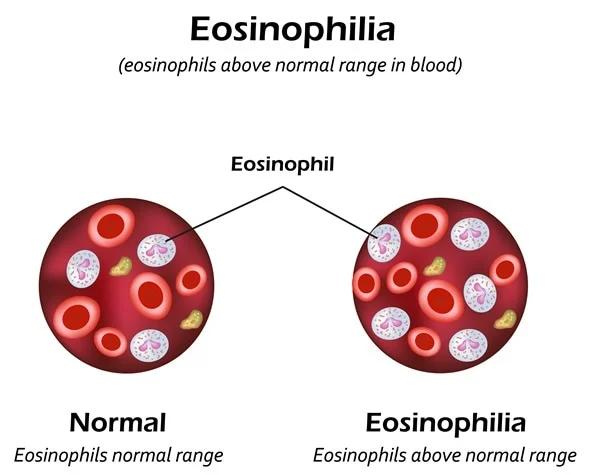
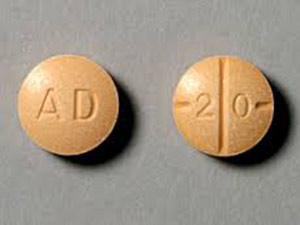

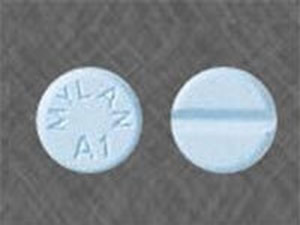

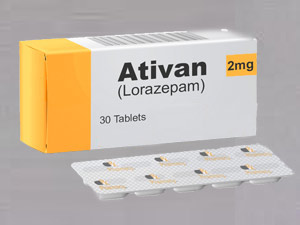

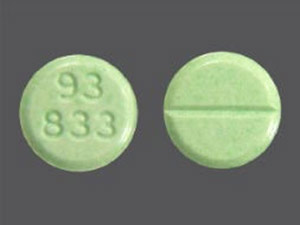
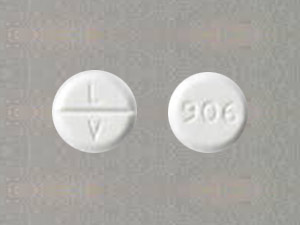
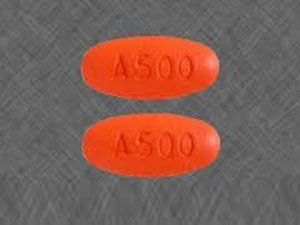

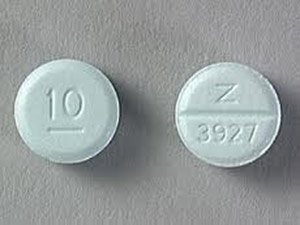
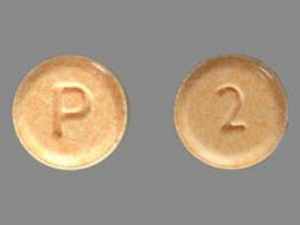
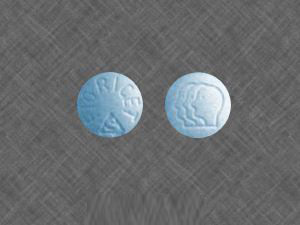
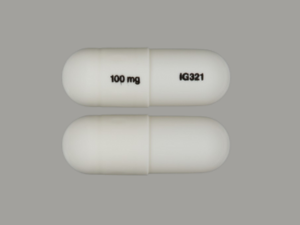
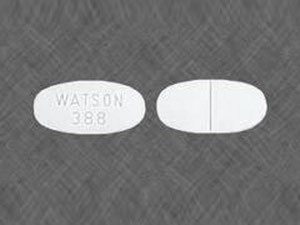
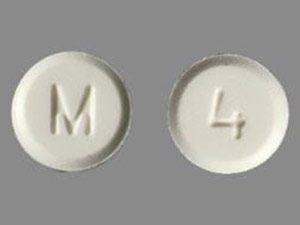
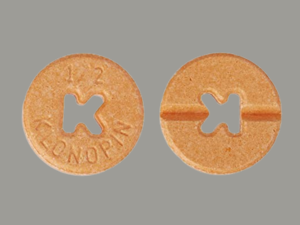
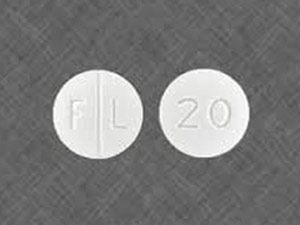
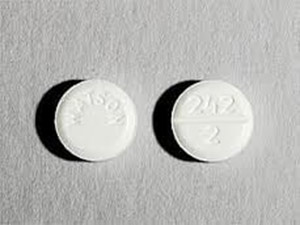

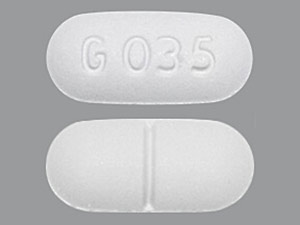


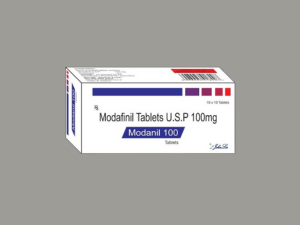
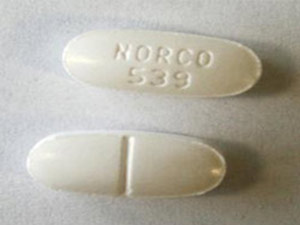
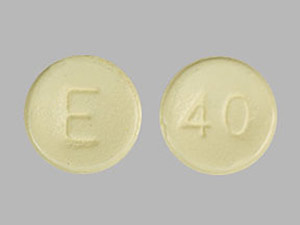
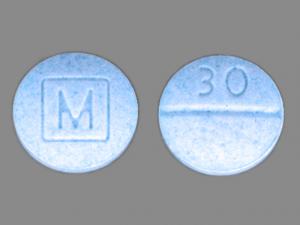
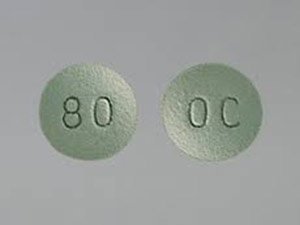

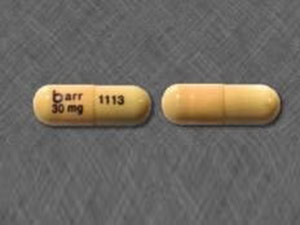

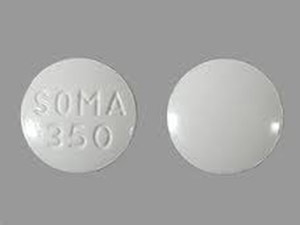
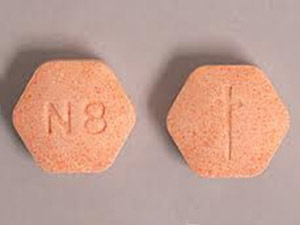
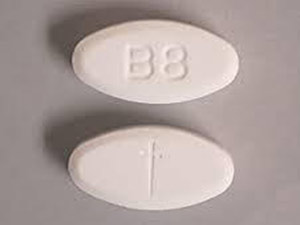
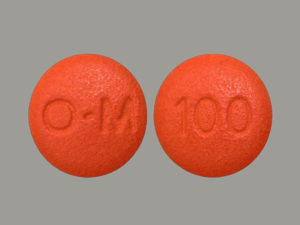
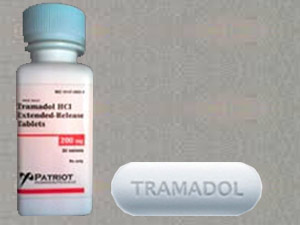
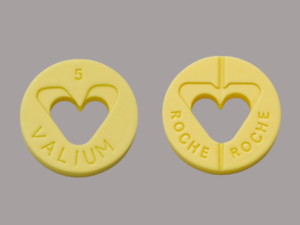
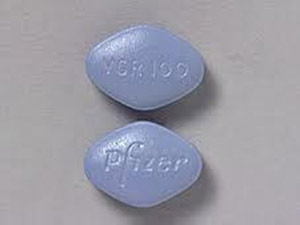



Leave a Reply